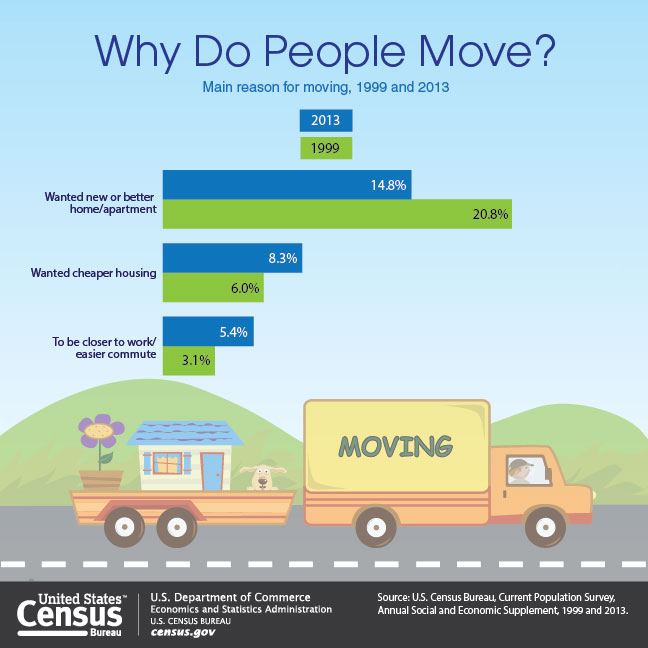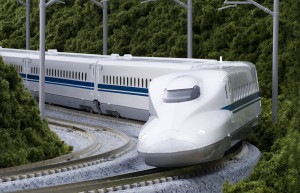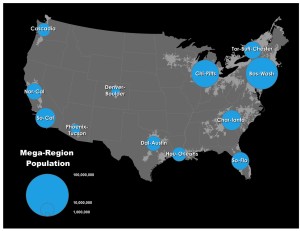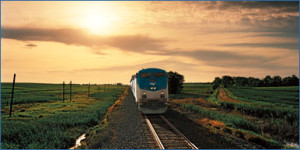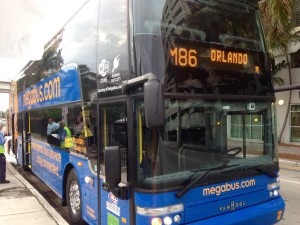The US Census Bureau released new data on what some of the most popular factors were in why people decided to move between 2012 and 2013, according to WNYC. And a big reason is to spend less time getting places.
The numbers showed nearly double the growth in the desire for people to live closer to their workplace, thereby reducing their commute time.
The Census Bureau report looked at 36 million people, 1 year old and over, who moved between 2012 and 2013. Of that group, 5 percent said the most important reason for moving was to be closer to work or for an easier commute.
That number is up from 3.1 percent in 1999.
The most popular category for reasons why people moved is still housing related, at 48 percent. Take a look at an info graphic on the report provided by WNYC:

